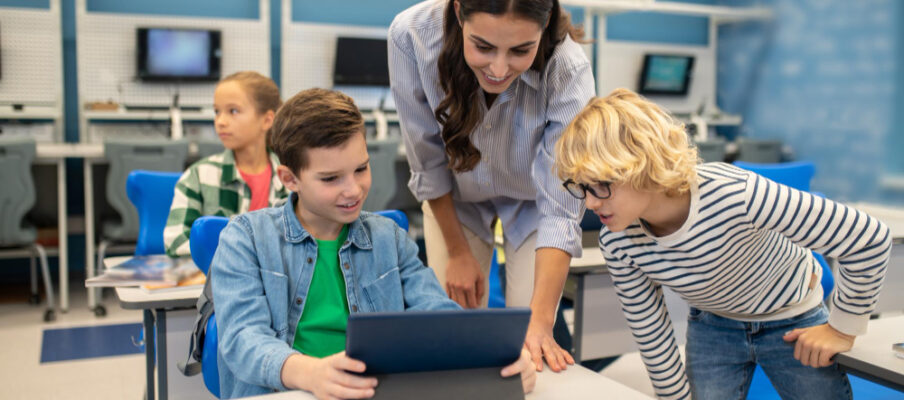When you’re on a mission to stoke the fires of knowledge, engagement is your number one ally. Conventional methods, like ‘chalk and talk’, may not cut it in our technologically vibrant era. So, it’s time to delve into uncharted territories and unearth unique teaching strategies that can amplify student engagement. Ready for the expedition? Let’s explore!

Gamification: Level Up Your Learning
Welcome to a world where learning meets play. Gamification sprinkles elements of game design in an educational setting. Transforming mundane lessons into thrilling quests, gamification incites curiosity, fuels competition, and offers rewards, making learning an exciting voyage. From digital trivia to brain-boosting video games, gamification is the secret sauce to spice up education.
Flipped Classroom: Swapping Roles, Switching Gears
Step into the realm of the Flipped Classroom, a teaching method that’s flipped traditional learning on its head. Here’s the game plan: shift lectures to the home front and bring ‘homework’ into the classroom. This swap gives students the freedom to absorb material at their own speed while ensuring active participation in classroom discussions and collaborative work. Ready to flip the switch?
Project-Based Learning: Dive Deep and Discover
Next stop, Project-Based Learning (PBL), a dynamic teaching approach that stimulates students to plunge into real-world problems and navigate their way to solutions. With PBL, students embark on a long-term journey – from a week to an entire semester – solving intricate questions or overcoming complex challenges. This hands-on method not only piques student interest but also sharpens their problem-solving and team-building skills.
Peer Teaching: Learning from Your Squad
Peer teaching is the camaraderie of the classroom turned learning technique. Here, students don the hat of a teacher, explaining concepts to their fellow learners. This strategy sparks active learning, polishes communication skills, and often leads to a deeper understanding of the subject since peers communicate in a language that resonates with each other.
Technology Integration: A Digital Detour
Last but not least, let’s take a detour down the digital lane. Infusing technology into education – be it interactive whiteboards, e-books, virtual reality, or educational apps – elevates lessons to an interactive, enriching, and fun level. Plus, it caters to various learning styles, making education a one-size-fits-all affair.
To wrap up, stirring the pot of student engagement can morph classrooms into vibrant hubs of learning. These fresh teaching techniques can surely pave the way. But remember, the ultimate goal is to ignite a passion for learning in students and arm them with the skills needed to brave the world.
Can’t wait for more? Hang tight for our next blog post where we’ll delve into the intertwining world of technology and education!




